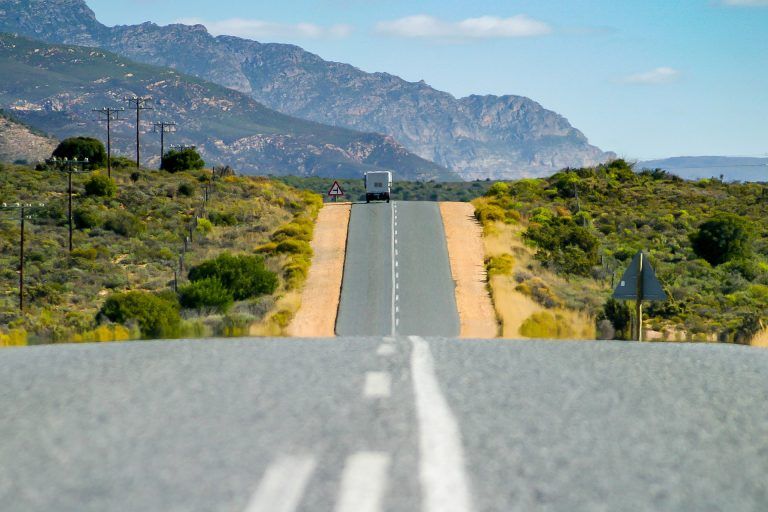According to Peter Leegstraten, the manager of purchasing and innovation at Ahold Delhaize, it is not enough to get a battery electric vehicle (BEV) to respond to CO2 emissions concern. To use it, you need to solve the charging infrastructure puzzle.
For some companies, it is enough to recharge a battery electric truck at night to make it ready for the next day. For Albert Heijn, to supply around 100 branches in Amsterdam alone recharging may take place four times a day. Where to get that amount of electrical energy, how to get that power into the batteries quickly enough, and how to integrate this charging into a logistics process?
It takes years to implement new developments, bearing in mind that electrification is a complex process. For Ahold Delhaize, the first introduction into the electric last mile with four hybrid trucks dates back to 2007. The first full electric trucks came in 2017.
Accoring to Leegstraten, it will take a long time before we drive electrically on a large scale with trucks. It could be that the feasibility and costs of the infrastructure will prevent the implementation of the trucks and we will need a lot of hybrid and (bio) LNG vehicles for a long time to come. Possibly, a combination of electric trucks and trucks powered by hydrogen with fuel cells will be the solution. But both those trucks and the required green hydrogen produced are not there yet.
For the interview with Peter Leegstraten, please see the source.

